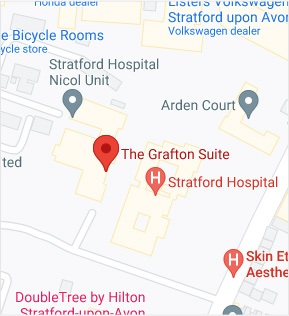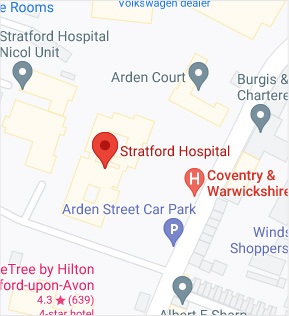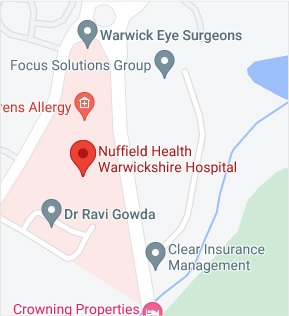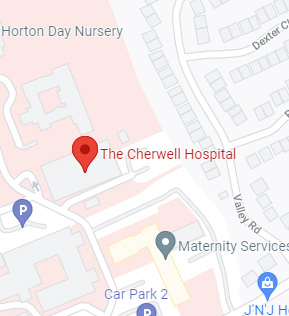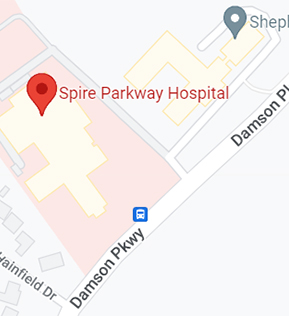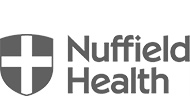What is a Periprosthetic Shoulder Fracture?
A periprosthetic shoulder fracture is a fracture that occurs in the bone adjacent to a shoulder prosthesis.
Risk Factors for a Periprosthetic Shoulder Fracture
The risks factors for a periprosthetic shoulder fracture are:
- Reduced bone mineral density (osteoporosis or osteopenia)
- Female sex
- Advanced age
- Rheumatoid arthritis
Classification of Periprosthetic Shoulder Fractures
Periprosthetic fractures can be classified based on the location of the fracture in relation to the implant stem tip within the arm bone (humerus).
- Type A: Fracture is present near the stem tip, extending towards the shoulder
- Type B: Fracture is present near the stem tip, extending towards the elbow
- Type C: Fracture is present away from the stem tip towards the elbow
Diagnosis of Periprosthetic Shoulder Fractures
Your doctor will perform a careful physical exam to ensure blood vessels and nerves passing near the fracture site have not been injured. Imaging studies such as X-rays and CT scans may also be ordered to evaluate implant stability, bone quality, and soft tissues.
Fixation of Periprosthetic Shoulder Fractures
Nonoperative treatment with a fracture brace may be an option if:
- The fracture is located below the implant stem tip
- There is acceptable fracture alignment
- The prosthesis is well fixed
When the fracture line crosses the tip of the prosthesis and extends towards the elbow, open reduction and internal fixation (ORIF) of the fracture may be required. This can be achieved with the surgical placement of plates and screws or surgical wires to stabilise the fracture. Replacement with a long-stemmed implant that extends beyond the fracture line may also be required.
Revision surgery to replace the implant should be considered when the fracture line encompasses most of the shoulder prosthesis or if there is a loosening of the prosthesis.
Prognosis of Periprosthetic Shoulder Fracture Fixation
Overall, the prognosis is good as many cases can be treated nonoperatively. However, fixation of periprosthetic shoulder fractures can be very complicated, and each case is treated individually, depending on the severity of the fracture and the condition of the prosthesis.


 REQUEST AN APPOINTMENT
REQUEST AN APPOINTMENT



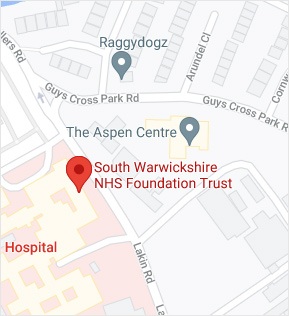
 Ext 4798
Ext 4798